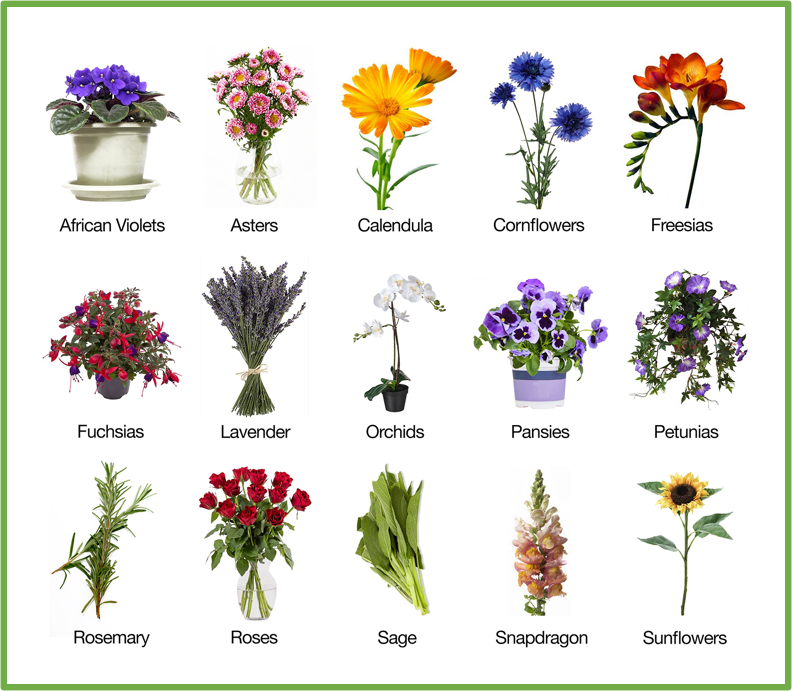Spring is here, at last!
After a particularly wet exit from winter, we’ll all be looking forward to drier, brighter & warmer days. New temptations for our furry friends will be indoors and out, so as usual we have to be the sensible ones, for them!
Outdoor hazards: Springtime activities such as gardening and picnicking can expose pugs to potential hazards like pesticides, fertilizers, and sharp objects. Keep a close eye on your pug when they’re outdoors and ensure they’re in a safe environment.
Allergies: Just like humans, dogs can suffer from seasonal allergies triggered by pollen, grass, and other allergens that are more prevalent in the spring. Symptoms may include itching, scratching, sneezing, and watery eyes.
Please see: Atopic Dermatitis (Itchy skin!). | The Pug Dog Welfare & Rescue Association (pugwelfare-rescue.org.uk)
Ticks and fleas: Warmer weather means an increase in ticks and fleas, which can transmit diseases such as Lyme disease and tapeworms. Pugs, with their wrinkled skin, can be particularly susceptible to flea infestations if proper preventive measures aren’t taken.
Toxic plants: Many plants and bulbs that are common in spring gardens, such as lilies, tulips, and daffodils, can be toxic to dogs if ingested. Keep pugs away from these plants, both indoors and outdoors, to prevent accidental poisoning.

With Easter, it may be worth reminding visitors or children who may not be as aware of the hazards, as we are, so everyone can enjoy this time of year, safely:
Chocolate poisoning: Easter often involves chocolate treats, which are toxic to dogs if ingested. Make sure to keep all chocolate out of reach of your pug and be cautious about where you hide Easter eggs if they contain chocolate.
Most of us know about keeping Easter chocolate away from temptation but our dogs will endeavour to seek things out with their highly sensitive sense of smell.
Theobromine found in chocolate is a stimulant. It may cause excitability or muscle twitching, tremors, even fitting, or they may have an increased heart rate. They may initially be sick, but you must never try to make them sick.
-If vomit is frothy and foamy it could get into their lungs, making matters worse.
-Other signs might include drinking a lot, drooling, not walking in a straight line and fast breathing. If enough is eaten then the effects can be severe or even fatal.
Some sugar-free chocolates contain xylitol, also branded as birch-sugar, which is an artificial sweetener especially poisonous to dogs. It can cause a dog’s blood sugar level to drop to dangerous levels, also possibly liver failure.
If you suspect your pet may have eaten chocolate, keep the packaging and call your vet immediately. Help them regarding the type of chocolate that’s been eaten (dark, plain, milk, white etc.) and how much has been consumed.
To learn more about chocolate toxicity and the signs and symptoms:https://www.pdsa.org.uk/pet-help-and-advice/pet-health-hub/conditions/chocolate-poisoning?

Overeating Easter treats: With Easter celebrations often come feasts and treats, which can lead to overeating and digestive issues for pugs. Be mindful of the types and amounts of food your pug consumes to prevent obesity and gastrointestinal problems.
FURTHER FOOD HAZARDS include:
– Fruit or Simnel cake, Hot-Cross buns, anything with sultana’s and raisins (grape family).
– Traditional roasts where cooked bones can easily splinter.
– Stuffing, gravy, anything which may contain onion, chives, garlic.
– Other foods, such as certain nuts, blue cheese, fatty and salty foods.
Although chocolate foil wrappers are not poisonous, they can cause an obstruction if eaten. This can be dangerous enough to require surgery. Signs of an obstruction may include being sick, being tired, they may be be off their food, or finding it difficult to go to the toilet!
For more on Easter dangers: https://www.thekennelclub.org.uk/easterdangers?

If you are Spring-Cleaning, make sure that products are inaccessible to your dog and that they are kept away from areas while being cleaned, or have recently been cleaned.
There’s a whole array of OTHER hazards, especially outdoors, including: poisonous plants & bulbs, weed killer, pesticides including slug pellets, compost bins, even grass cuttings!
Many different plants commonly found in the home, gardens and outdoor areas can make your dog ill. Some of these are highly poisonous, while others may only cause a mild tummy upset. Incidents of poisoning from spring bulbs are most likely to occur from dogs eating the bulbs in spring when they begin to flower and autumn when they are planted.
For more information, please see: Poisons | Dog health | The Kennel Club
Including a comprehensive list of poisonous plants: Poisons in your garden | Dog health | Kennel Club (thekennelclub.org.uk)

On a sunnier note, here are some, from many, that are regarded to be safe for our dogs:

However, if you suspect your dog might have ingested anything that is appearing to make them ill, contact your vet immediately.



